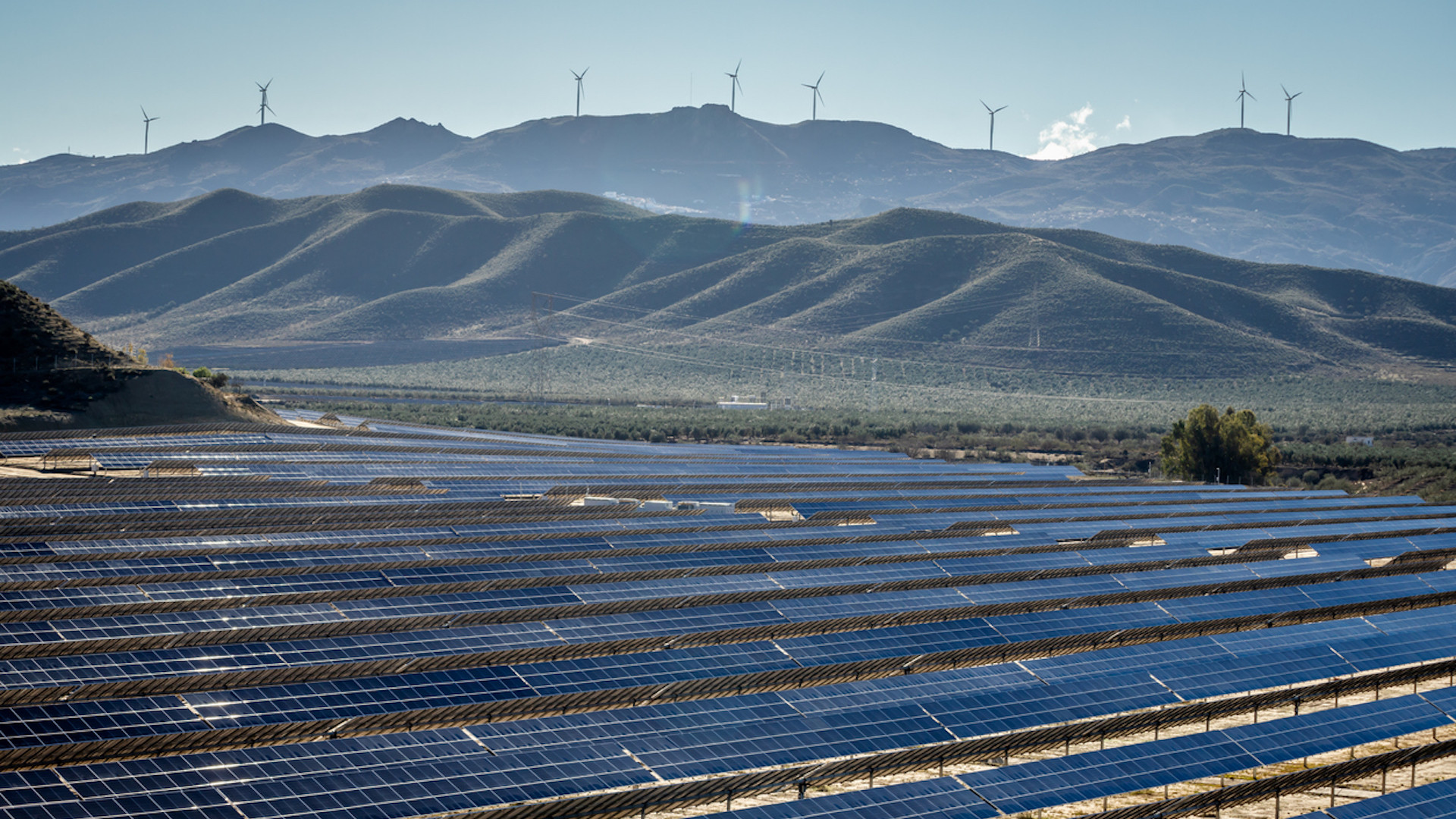The United States has broken the previous record for solar power generation, which is a huge accomplishment for the renewable energy industry and a critical step in the country’s efforts to fight climate change and switch to sustainable energy sources. The Department of Energy (DOE) has revealed data showing that solar power generation in the United States in July 2024 reached an unprecedented 500 terawatt-hours (TWh), exceeding the previous record established just a year earlier by 10%.
This accomplishment occurs at a critical juncture in American efforts to attain its audacious climate targets. The recent spike in solar power generation is a positive step towards the Biden administration’s goal of having a carbon-free power industry by 2035. Since solar energy offers a clean, renewable source of electricity that lessens dependency on fossil fuels and minimises greenhouse gas emissions, it has grown in importance as part of the country’s energy mix.
A number of variables, including improvements in solar technology, more money spent on solar infrastructure, and supportive legislative measures, are responsible for the record-breaking solar generation. More sunlight can now be captured and converted into electricity by solar panels thanks to recent technology advancements that have greatly increased their efficiency. Furthermore, the price of solar energy has been declining, increasing its accessibility and allure for both enterprises and people.
The development of massive solar farms around the nation is one of the main factors for the spike in the production of solar energy. The capacity and output of solar power have increased recently due to the completion of several new solar projects. The completion of California’s Desert Sunlight Solar Park, which is currently among the biggest solar installations in the world, and the launch of Texas Solar Oasis, a sizable solar farm in the centre of the Lone Star State, are two noteworthy projects.
Residential solar installations have significantly increased in addition to large-scale projects. Because installing solar panels can result in cheaper energy costs and greater energy independence, many homeowners are making this decision. The use of solar power in homes has also been greatly aided by federal and state incentives like tax breaks and rebates.

The U.S. economy has benefited from the expansion of solar power generation as well. In the nation, the solar business has produced thousands of jobs in fields including research and development, production, and installation. Over 300,000 employment are currently supported by the solar industry, many of which are found in underserved and rural areas, according to a new research from the Solar Energy Industries Association (SEIA).
The historic feat has been hailed by environmentalists as a major milestone in the fight against climate change.environmental effects of the rising production of solar power. Solar energy contributes to cleaner air and a healthier planet by lowering air pollution and greenhouse gas emissions through reducing dependency on fossil fuels. Mitigating the effects of climate change, which poses serious hazards to ecosystems, weather patterns, and human cultures, is also dependent on this transition towards renewable energy sources.
The record solar generation figures reflect the broader cultural change towards sustainability as well as the growth in renewable energy use and technological breakthroughs. This accomplishment has been made possible by investments and policies that have been motivated by public support for sustainable energy. Solutions that encourage environmental stewardship and resilience are in more demand as climate challenges become more widely recognised and urgent action is required.
In the future, the United States is expected to maintain its current trajectory of increasing solar power generation. Plans to further encourage the growth of renewable energy through more financing for research and development and new incentives for businesses and homeowners to embrace clean energy solutions have been announced by the federal government. To guarantee that the advantages of greater solar generation are felt nationwide, initiatives are also being made to improve the integration of solar electricity into the national grid.
Although the record-breaking solar power generation is an impressive accomplishment, experts warn that much work needs to be done before we can completely shift to a sustainable energy future. It is imperative to tackle issues like energy storage, grid dependability, and resource allocation to guarantee a seamless and effective transition away from fossil fuels. Long-term sustainability goals and the surmounting of these challenges will require sustained innovation, investment, and cooperation.
In summary, the recent record for solar power generation is a significant step towards the United States’ shift to renewable energy. It draws attention to the advancements made in solar technology, capacity expansion, and the promotion of a sustainable culture. This accomplishment offers hope and a reminder that there is still room for progress in the battle against climate change as the nation moves forward. The United States can build on this accomplishment and open the door to a cleaner, greener future with sustained dedication and effort.





